New house with NO gardens - reasonable goals for this year?
rebecca_a
16 years ago
Related Stories

FALL GARDENING7 Reasons Not to Clean Up Your Fall Garden
Before you pluck and rake, consider wildlife, the health of your plants and your own right to relax
Full Story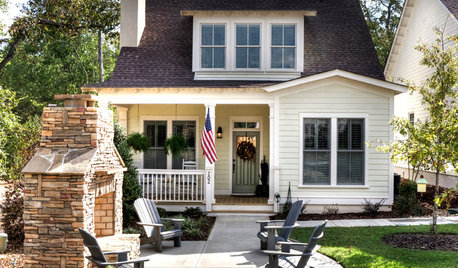
LIFE10 Reasons to Love a Not-Big House
A smaller home is easier to maintain and furnish, and there are intangible benefits too
Full Story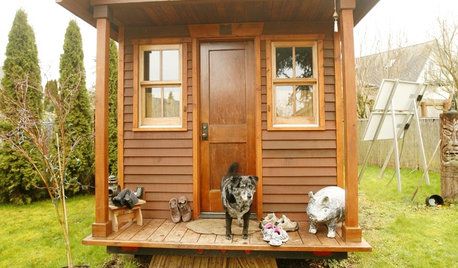
SMALL SPACESLife Lessons From 10 Years of Living in 84 Square Feet
Dee Williams was looking for a richer life. She found it by moving into a very tiny house
Full Story
FALL GARDENINGReflecting on a Gardening Year
Mistakes and successes, surprises and comforts. The garden helps us grow in new ways every year
Full Story
MY HOUZZMy Houzz: Goal of a Net-Zero Nest in Southern California
A Long Beach family focuses on energy efficiency in remodeling their 1957 ranch house
Full Story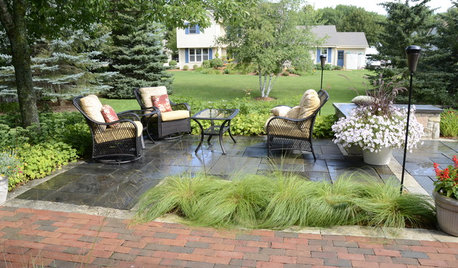
LANDSCAPE DESIGN5 Reasons to Consider a Landscape Design-Build Firm for Your Project
Hiring one company to do both design and construction can simplify the process. Here are pros and cons for deciding if it's right for you
Full Story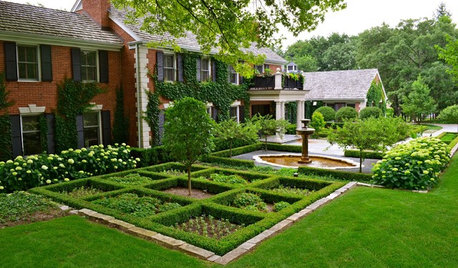
GARDENING GUIDESBoxwood: Still Shape-Shifting After 350 Years
Wild or mild, the humble boxwood still brings style and order to all kinds of gardens
Full Story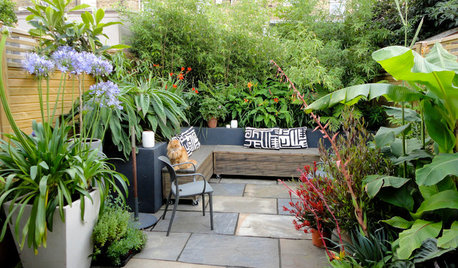
MOST POPULAR10 Reasons to Love a Tiny Garden
Small outdoor spaces can have a beauty all their own
Full Story
GARDENING GUIDES10 Reasons to Love Vertical Gardens
Boring patios and lackluster views, begone!
Full Story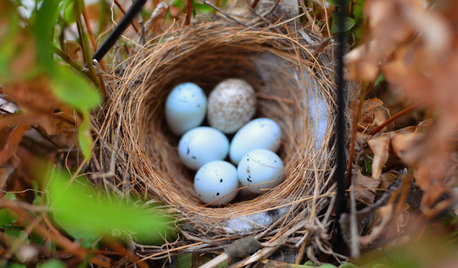
GARDENING GUIDES4 Reasons Not to Rush the Spring Garden Cleanup
There are many positives to staying out of the garden, especially for wildlife
Full Story





spanaval
watergal
Related Professionals
North New Hyde Park Landscape Architects & Landscape Designers · Oconomowoc Landscape Architects & Landscape Designers · Redondo Beach Landscape Architects & Landscape Designers · Wake Forest Landscape Contractors · Hampton Bays Landscape Contractors · Hayden Landscape Contractors · Indianapolis Landscape Contractors · North Plainfield Landscape Contractors · Westford Landscape Contractors · Whittier Landscape Contractors · Brunswick Siding & Exteriors · Kansas City Siding & Exteriors · Overland Park Siding & Exteriors · San Diego Siding & Exteriors · Southampton Siding & Exteriorssandra_christie
cfmuehling
annebert
gemini_jim
cfmuehling
gemini_jim
pegwrite
spanaval